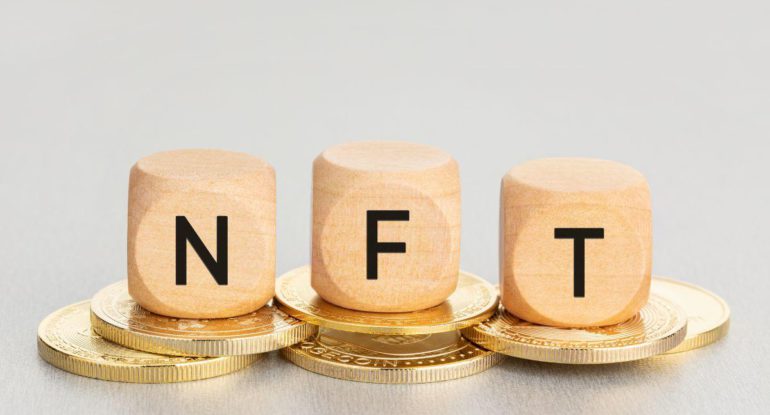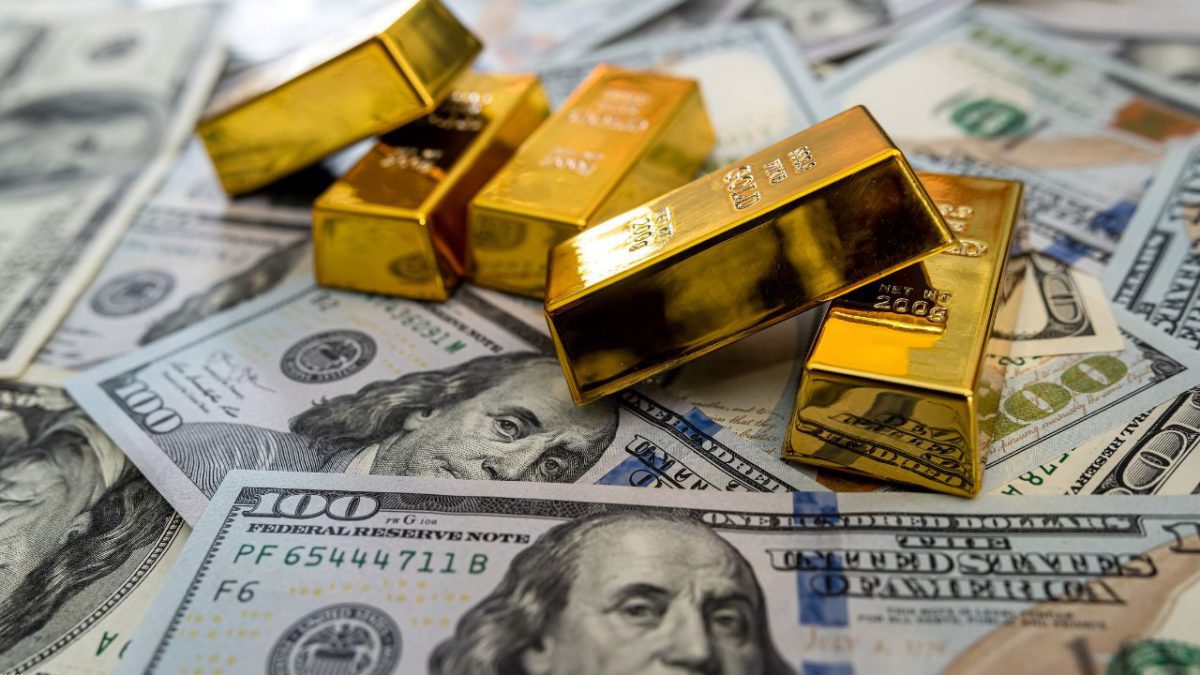Top 10 Easy Steps To Follow To Mint NFTs Very Smoothly For Beginners

When you mint NFTs or non-fungible tokens, it is the process of turning a digital asset into a unique, verifiable item on a blockchain. Think of it like creating a one-of-a-kind digital certificate of ownership for your asset. Here’s the breakdown:
What does it do?
- Uniquely identifies your digital asset (image, video, music, etc.) on the blockchain, a secure public ledger.
- Establishes ownership and provenance, making it tamper-proof and traceable.
- Allows you to sell, trade, or hold your NFT like any other collectible.
How does it work?
- Choose your digital asset: It can be anything digital, like artwork, music, in-game items, or even tweets.
- Select a platform: Popular platforms include OpenSea, Rarible, and Mintable. Each has its own features and fees.
- Upload your asset and define details: Provide a title, description, and other relevant information.
- Choose your blockchain: Ethereum is common, but others like Solana and Tezos are gaining traction.
- Pay the minting fee: This covers the blockchain transaction cost, which can vary depending on the platform and network.
- Voila! Your NFT is minted! You now have a unique token representing your digital asset on the blockchain.
Important things to know:
- Minting doesn’t necessarily mean selling. You can hold onto your NFT or showcase it in online galleries.
- Fees can be significant, so research before diving in.
- Consider the environmental impact of certain blockchains.
- Understand the legal and regulatory landscape surrounding NFTs, which is still evolving.
Non-fungible tokens (NFTs) have emerged as a groundbreaking innovation in the digital world, revolutionizing the way we perceive ownership and value in the realm of digital assets. Unlike cryptocurrencies such as Bitcoin or Ethereum, which are fungible and interchangeable, NFTs represent unique digital items or collectibles that cannot be replicated or substituted.
At the core of NFTs is blockchain technology, specifically Ethereum’s ERC-721 standard, which enables the creation, ownership, and trading of digital assets on a decentralized ledger. Each NFT is tokenized with a unique identifier, providing indisputable proof of ownership and authenticity. This ensures that digital creators can establish scarcity and rarity for their works, fostering a sense of value and exclusivity in the digital realm.
NFTs have unlocked a myriad of opportunities across various industries, including art, music, gaming, collectibles, and virtual real estate. In the art world, NFTs have democratized access to digital art, allowing artists to monetize their creations directly and bypass traditional gatekeepers such as galleries or auction houses. This has empowered emerging artists and diversified the art market, while also introducing new challenges related to copyright, ownership rights, and provenance.
Similarly, NFTs have disrupted the music industry by enabling artists to tokenize their music, merchandise, and concert tickets, creating new revenue streams and fostering direct engagement with fans. In gaming, NFTs enable players to own and trade in-game assets, such as characters, skins, or virtual land, blurring the lines between virtual and physical ownership and creating opportunities for player-driven economies.
While NFTs have garnered immense attention and investment, they have also faced criticism and challenges, including concerns about environmental impact due to the energy-intensive process of minting and trading NFTs on the Ethereum blockchain. Additionally, questions about the long-term sustainability and value proposition of NFTs persist, prompting discussions about their role in the future of digital ownership and cultural expression.
Despite these challenges, NFTs continue to push the boundaries of creativity, innovation, and ownership in the digital age, opening up new possibilities for creators, collectors, and enthusiasts alike. As the NFT space evolves and matures, it will be essential to address these challenges while embracing the transformative potential of NFTs to redefine ownership and value in the digital economy.
Also, read- What Are NFTs: Non-Fungible Tokens and Their Impact on Digital Assets
How to mint NFTS?

Minting NFTs, or creating non-fungible tokens, involves the process of tokenizing a digital asset and recording it on a blockchain, typically using a smart contract. While the specifics may vary depending on the blockchain platform being used, here is a general overview of the steps involved in minting NFTs:
- Select a Blockchain Platform: Choose a blockchain platform that supports this. Ethereum is the most commonly used platform for minting NFTs, thanks to its robust infrastructure and wide adoption. However, other platforms such as Binance Smart Chain, Flow, and Tezos also support NFT creation.
- Set Up a Wallet: To mint NFTs, you’ll need a digital wallet compatible with the blockchain platform you’ve chosen. These wallets store your cryptocurrency and interact with the blockchain. Popular Ethereum wallets include MetaMask, MyEtherWallet, and Trust Wallet. Make sure to secure your wallet with a strong password and backup your private keys.
- Create Your Digital Asset: Decide on the digital asset you want to tokenize as an NFT. This could be digital artwork, music, videos, collectibles, virtual real estate, or any other unique digital item. Ensure that you have the necessary rights or permissions to tokenize and sell the asset.
- Convert the Asset to a Digital Format: If your asset is not already in a digital format, digitize it using appropriate software or tools. For example, if you’re tokenizing artwork, scan or photograph the artwork and save it in a high-quality digital format (e.g., JPEG, PNG).
- Choose an NFT Marketplace: Decide where you want to mint and sell your NFT. There are several marketplaces available, each with its own features, fees, and audience. Some popular options include OpenSea, Rarible, SuperRare, and Foundation. Research different marketplaces to find one that best suits your needs.
- Connect Your Wallet to the Marketplace: Connect your digital wallet to the NFT marketplace of your choice. Most marketplaces integrate with popular wallets like MetaMask, allowing you to sign transactions securely from your wallet.
- Upload and Mint Your NFT: Once your wallet is connected, follow the marketplace’s instructions to upload your digital asset and mint it as an NFT. You’ll typically need to provide details such as a title, description, tags, and pricing information for your NFT. Minting involves creating a unique token on the blockchain that represents ownership of your digital asset.
- Pay Gas Fees: When minting an NFT on Ethereum or other blockchain platforms, you’ll need to pay a transaction fee known as gas. Gas fees can vary depending on network congestion and the complexity of your transaction. Make sure you have enough cryptocurrency in your wallet to cover these fees.
- Confirm and Publish: Once you’ve filled out all the required information and paid the gas fees, confirm the transaction to mint your NFT. After the transaction is confirmed on the blockchain, your NFT will be published and available for sale on the marketplace.
- Market and Promote Your NFT: Once your NFT is minted and listed for sale, market and promote it to potential buyers. Share it on social media, engage with the community, and consider collaborating with influencers or participating in NFT drops and auctions to increase visibility and demand for your NFT.
In summary, minting NFTs involves selecting a blockchain platform, setting up a wallet, creating a digital asset, choosing an NFT marketplace, connecting your wallet to the marketplace, uploading and minting your NFT, paying gas fees, confirming the transaction, and marketing your NFT to potential buyers. By following these steps, you can tokenize your digital assets and participate in the growing NFT ecosystem.
Good morning (GM), #Web3! ☕️
— Kawaue (@teddykawakami) February 21, 2024
House of Titans Stronghold #NFTs are still available for minting. If you’d like to be included in the batch purchase of miners, grab one now. They offer rewards for mining, whiskey investment, royalties, and staking. Plus, levels can be upgraded too!… pic.twitter.com/jPRy4PL0DH
Importance of how to mint NFTS

Understanding how to mint is of paramount importance in the rapidly evolving digital landscape for several reasons:
- Empowerment of Creators: Learning how to mint empowers creators to tokenize their digital content and directly monetize their work without relying on intermediaries such as galleries, publishers, or record labels. This democratizes the creative process and provides artists, musicians, writers, and other content creators with greater control over their intellectual property and financial destinies.
- Access to New Revenue Streams: Minting opens up new revenue streams for creators by tapping into the burgeoning market for digital collectibles, artwork, music, videos, and virtual assets. By minting and selling NFTs, creators can generate income from their digital creations, potentially supplementing or even replacing traditional sources of income.
- Innovation in Digital Ownership: NFTs represent a paradigm shift in how we perceive and define ownership in the digital realm. Learning how to mint NFTs introduces individuals to the concept of digital ownership and immutably recording ownership rights on a blockchain, fostering innovation in the way we buy, sell, and trade digital assets.
- Participation in the NFT Ecosystem: Understanding the process of minting NFTs enables individuals to participate in the thriving NFT ecosystem, which encompasses various platforms, marketplaces, and communities dedicated to buying, selling, and collecting NFTs. By minting and selling NFTs, individuals can engage with this vibrant community and explore opportunities for collaboration, networking, and creative expression.
- Promotion of Digital Literacy: Learning how to mint NFTs promotes digital literacy and technological fluency among individuals of all ages and backgrounds. It encourages people to familiarize themselves with blockchain technology, smart contracts, digital wallets, and decentralized platforms, thereby fostering a deeper understanding of the digital infrastructure that underpins the modern economy.
- Exploration of New Possibilities: Minting NFTs encourages experimentation and exploration of new possibilities in the digital space. It encourages individuals to push the boundaries of creativity, innovation, and technological integration, leading to the development of novel applications, experiences, and business models that harness the power of blockchain and NFTs.
- Financial Inclusion and Global Access: The ability to mint NFTs transcends geographical boundaries and traditional barriers to entry, enabling creators from around the world to participate in the global digital economy. By providing a platform for creators to tokenize their work and reach a global audience, minting NFTs promotes financial inclusion and economic empowerment, particularly for individuals in underserved or marginalized communities.
Overall, understanding how to mint NFTs is essential for creators, entrepreneurs, investors, and enthusiasts alike, as it unlocks a world of opportunities in the digital realm. By embracing this technology and participating in the ecosystem, individuals can empower themselves, innovate, and shape the future of digital ownership and expression.
Conclusion
In conclusion, the importance of knowing how to mint NFTs cannot be overstated in today’s digital landscape. This knowledge empowers creators to take control of their digital assets, explore new revenue streams, and participate in the burgeoning NFT ecosystem. By understanding the process of minting NFTs, individuals gain access to innovative platforms and communities that redefine ownership and value in the digital realm.
Moreover, minting NFTs promotes financial inclusion, technological fluency, and creative expression on a global scale. It democratizes the creative process, allowing artists, musicians, writers, and creators from diverse backgrounds to monetize their work and engage with audiences worldwide. Additionally, by embracing blockchain technology and decentralized platforms, individuals foster digital literacy and contribute to the evolution of the digital economy.
As NFTs continue to gain momentum and adoption, knowing how to mint them opens doors to endless possibilities for collaboration, experimentation, and innovation. It encourages individuals to push the boundaries of creativity, explore new business models, and pioneer novel applications that harness the transformative potential of blockchain and NFTs.
In essence, learning how to mint NFTs is not just about tokenizing digital assets—it’s about embracing a paradigm shift in how we create, share, and value digital content. It’s about empowering individuals to shape their digital futures, participate in the digital economy, and leave a lasting impact on the evolving landscape of digital ownership and expression.




























































